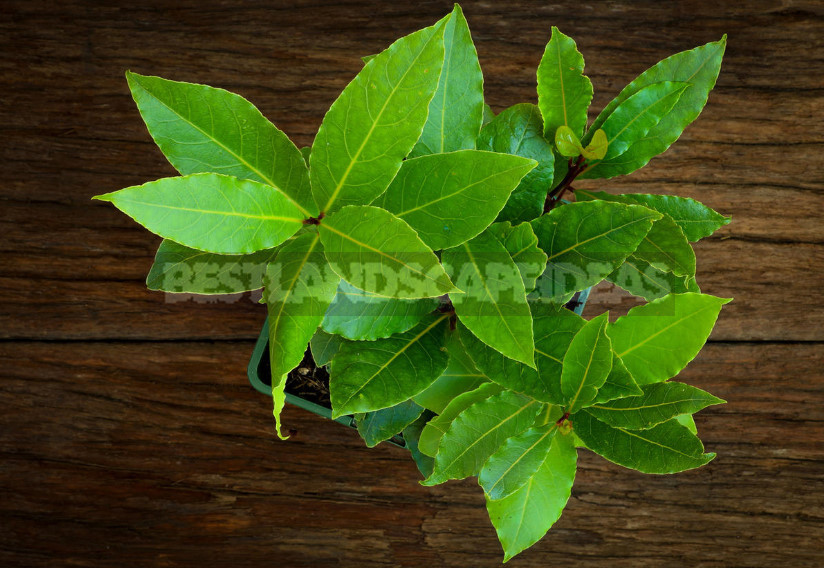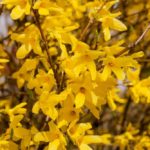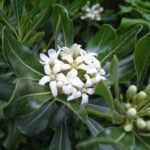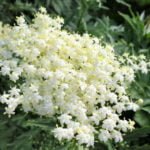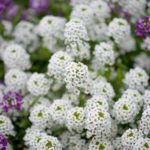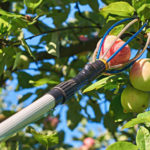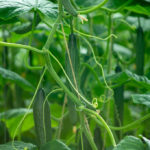We continue the theme of always (and lately especially) fashionable garden herbs in pots, closely examining each plant component.
Well-known green and spicy-aromatic cultures appear before you in a new role: growing in a limited amount of substrate – in room conditions. And today your attention is presented to all the familiar pair – Laurel and ginger.
Laurus nobilis
Caring for him is easy.
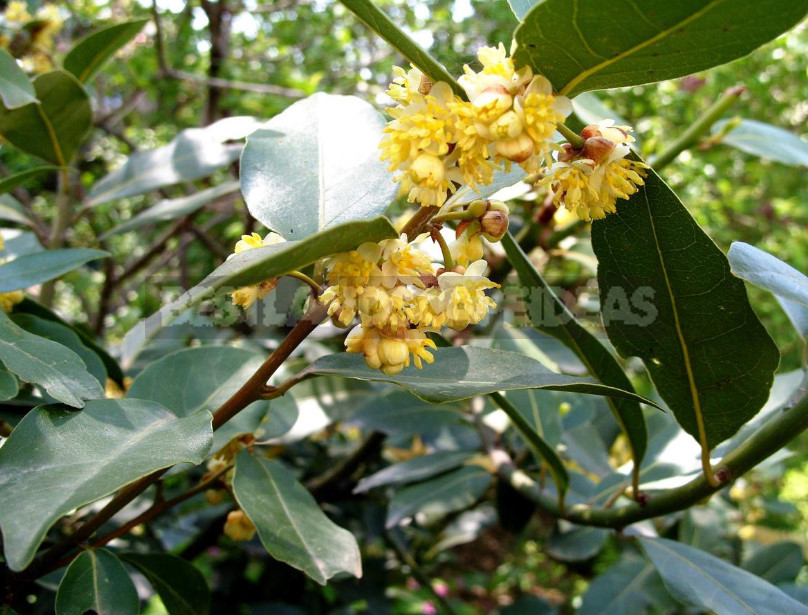
The soil mixture is prepared neutral or even alkaline: turf and leaf land, peat, sand in a ratio of 2:1:0.5:0.5. You can take the finished substrate “Cactus”.
Accommodation: a bright place, but can grow in partial shade light; on the South window sills in the spring have to be protected from direct sunlight.
Watering is regular, in winter – moderate (but it is impossible to allow drying of the soil substrate). Better winters at a temperature of +3…+12°C, but not above +18°C. If during the heating season Laurel is in rooms with higher temperatures, it is necessary to spray the leaves with water at room temperature, increase humidity with a special humidifier or at least wet towels on batteries. And he will need bath days: crown abundantly irrigated in the shower at room temperature (the substrate is covered with a plastic bag).
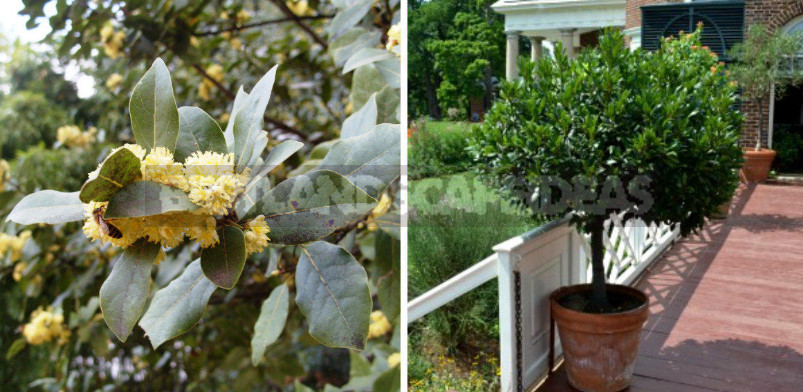
With the beginning of the growing season, it is necessary to fertilize with a full complex fertilizer once a month, liquid concentrated fertilizers are well suited for Laurel. Some growers with the growth of new shoots and until September every 2 weeks fed Laurel nitrate, liquid superphosphate, potassium salt. Bred (according to the instructions) and added to the water for irrigation.
From spring to autumn laurels should be kept outdoors: in the garden (it is better to dig into the ground directly with a pot) or on the outdoor balcony, loggia, terrace.
Transplantation of young plants 1 time in 2 years, then, from 5 years – 1 time in 3-4 years. It grows better in a small pot, when transplanting it should be 2 cm more, and the tub – 5 cm.
It tolerates haircut; can be formed in the form of a stem tree. Laurel is not afraid of drafts.
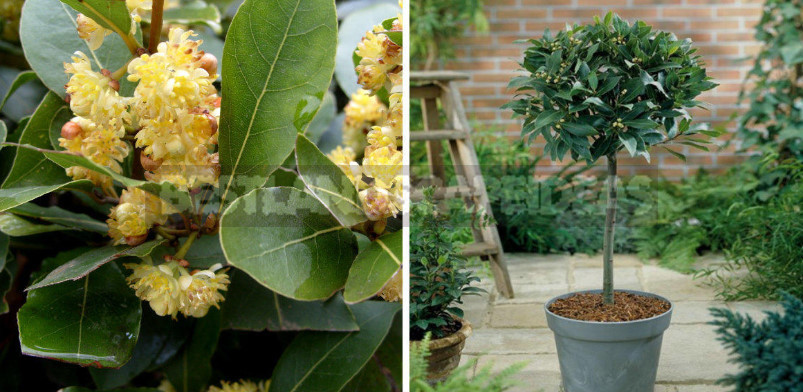
Propagated by seeds, cuttings and division. Freshly harvested scarified seeds are sown in the spring in a mixture of turf and leaf soil, sand in a ratio of 1:1:0.5. Germination temperature is not less than +18°C. Picking in phase 1-2 of this sheet. Cuttings in spring (April) and summer (from mid-June to mid-July) with half-timbered cuttings 6-8 cm long in wet sand at a temperature of +16…+20°C for a month.
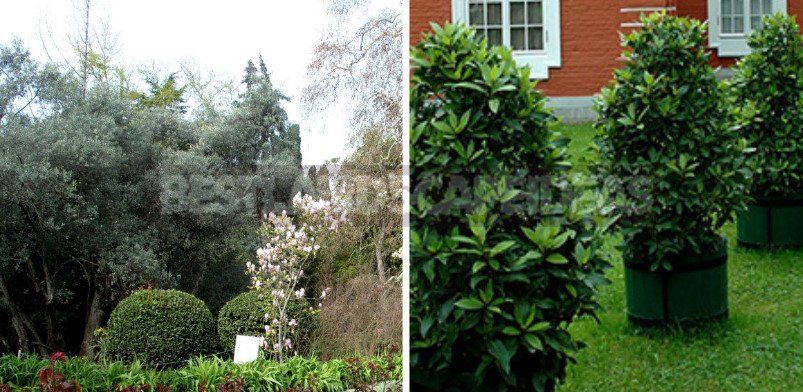
Can be damaged Diaspididae, Pseudococcidae, the secretions which settles sooty fungus; be affected by spotting. Visible accumulations of Pseudococcidae remove ear sticks soaked in soapy water, with severe damage need treatment (outdoor) with Malathion. When spotting the plant is sprayed with 0.5% solution of copper chloroxide.
The use of Laurus nobilis
Bay leaf is a well-known spice used in the preparation of the first and second courses, but today I picked up unusual ways to use Laurel in home gastronomy. A simple Bay leaf can not be called: in its fresh aroma there are notes of nutmeg and vanilla, which give the dishes an unusual taste.
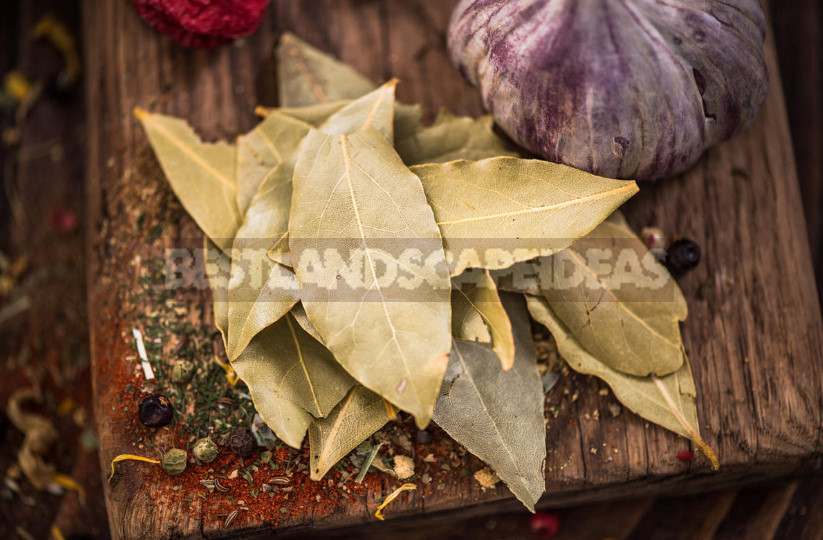
- When cooking sauerkraut, throw a bunch of side dishes into the pan under the cover – a bunch of dry fragrant herbs or spices wrapped in Laurel leaves, tied with a culinary thread. And do not do it at the end of cooking, and at the beginning, and you get a spicy garnish.
- To give a spicy taste to soups, stews, sauces, use the following homemade design: to half bulbs “nail” Bay leaf and carefully add it to the dish at the end of cooking.
Zīngiber officināle
Place ginger in the room is simple: cut off a piece of rhizome with eyes (live buds), sections powdered with charcoal or fungicide, and planted in shallow wide bowls, pots.
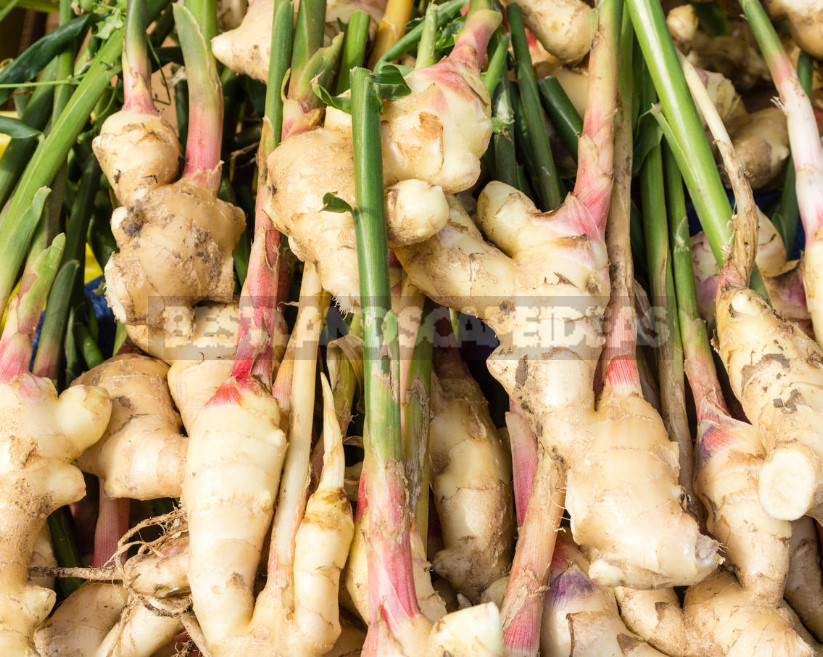
Some growers germinate it in water, gently stringing on a thin wooden or metal stick.
When planting on the bottom of the tank is required drainage of broken bricks or expanded clay layer 3 cm optimal soil substrate neutral or slightly acidic reaction consists of a mixture of turf, humus and sand in a ratio of 1:1:0.5.
In winter, when ginger has a period of relative rest (he drops the leaves), the plant is kept dry at a temperature of at least +16°C. in the Spring, transplanted into a pot with a new substrate (it is necessary to clean the rhizome from the old earth). Place in a bright place, but without direct sunlight. When watering and temperature +25°C, it begins to grow and develop; it is very important to keep the temperature at the same level, preventing jumps (its decrease in this period can slow down the development for a long time).
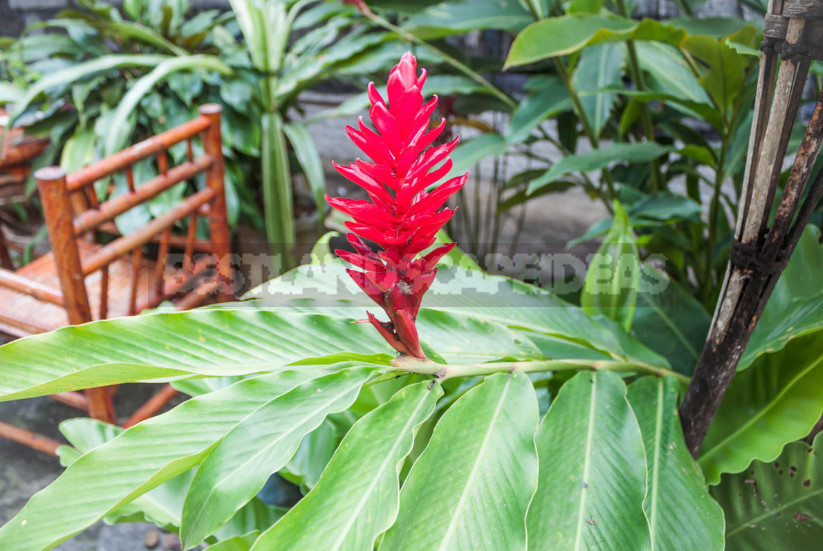
During growth (from spring) abundant and regular watering, it’s good to put a pot of ginger on the tray with water and pebbles. Ginger is extremely selective to the irrigation regime: it can not be both waterlogged (can rot the rhizome), and allow the drying of the soil substrate, which should be constantly loose and slightly damp.
During the season can grow up to 1 m tall. With the beginning of growth, it is fed every 2-3 weeks with slurry. By the end of August feeding stop.
Practical suggestion
You can prepare the dressing as follows:
- 10-liter bucket for a third of the volume is filled with fresh cow dung;
- water is topped up to two thirds of the volume;
- leave to roam in the open air, in the sun, for 5 days (guided by the disappearance of air bubbles on the surface);
- the resulting solution is filtered and stored in closed containers;
- before use, dilute with water 1:8.
Tropical ginger does not tolerate drafts. In indoor conditions, it is not necessary to grow it for the rhizome (it ripens about 10 months), but for the sake of very beautiful leaves and inflorescences.
Using Zīngiber officināle
Popular all over the world: fresh, dried, frozen, pickled, in syrup, in the form of juice, as a component of alcoholic and non-alcoholic beverages, ginger in any form is delicious!
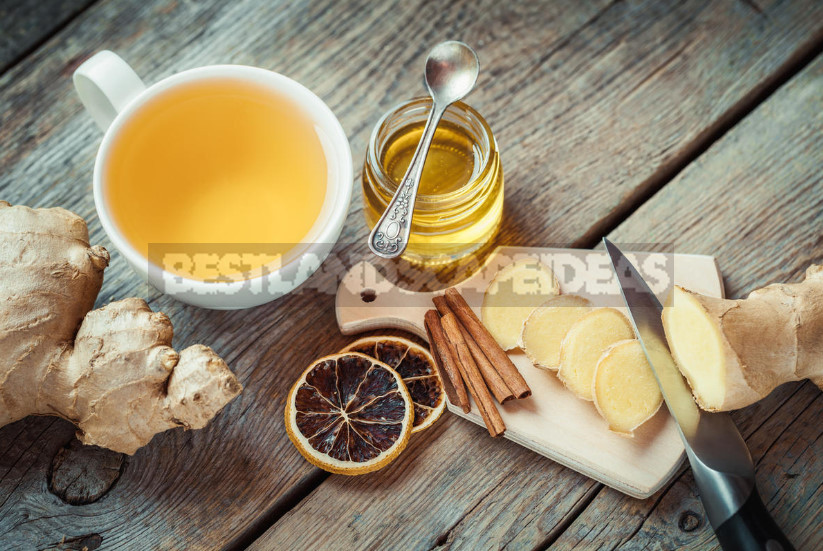
Ginger has a rich taste! It is harmoniously connected lemon, wood, earth and spicy sharp, with notes of camphor, and therefore it:
- it goes well with oranges in pies;
- already traditional in many families is getting cookies for Christmas, which is ginger with cinnamon to give a festive flavour and unmistakable aroma;
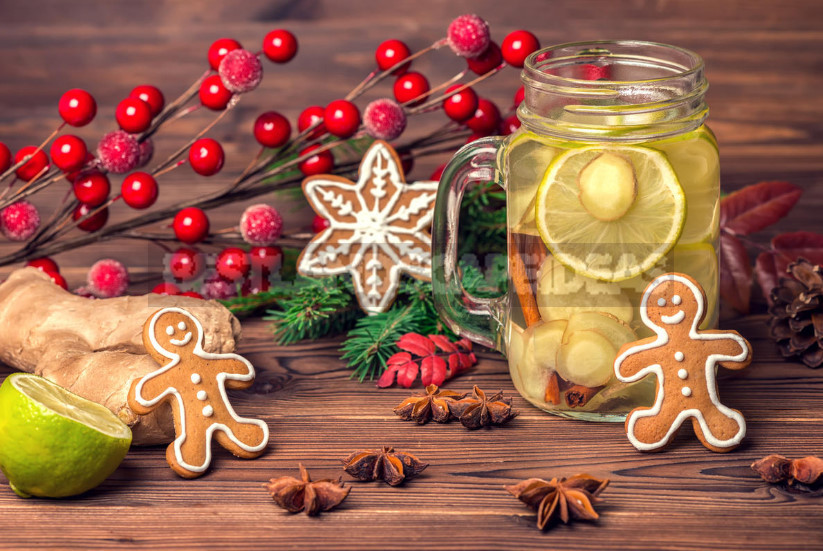
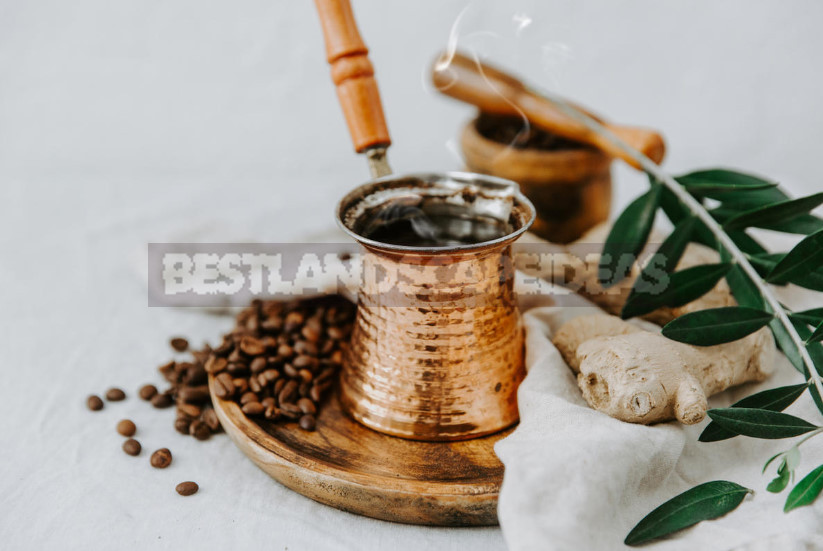
To be continued…
